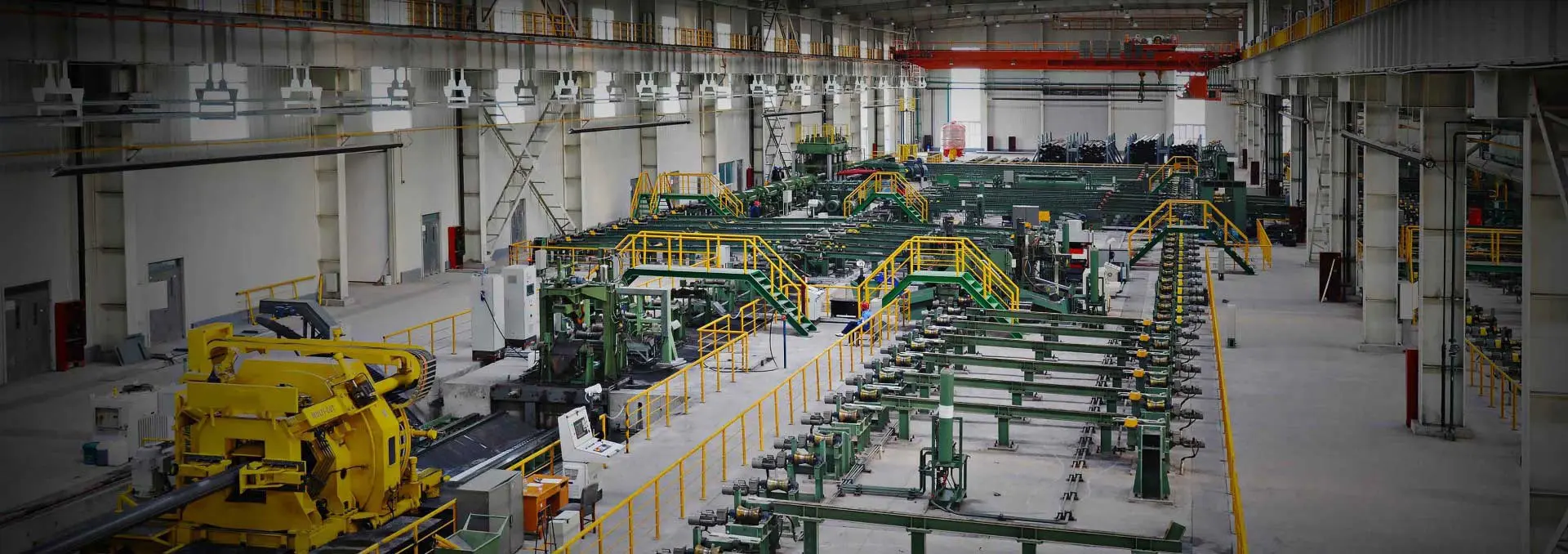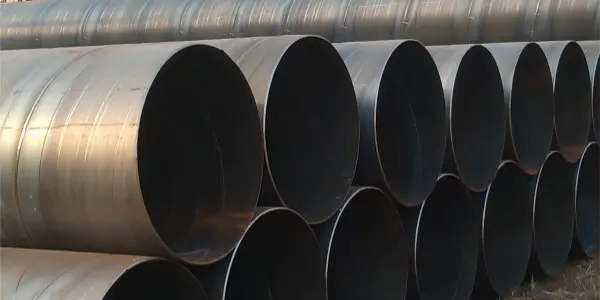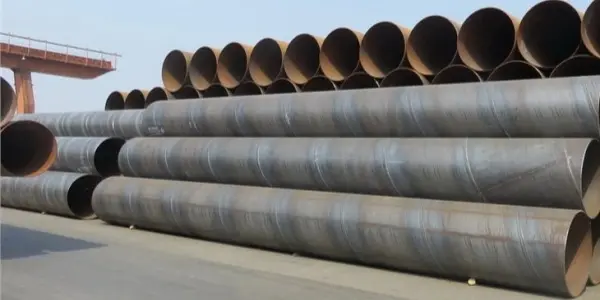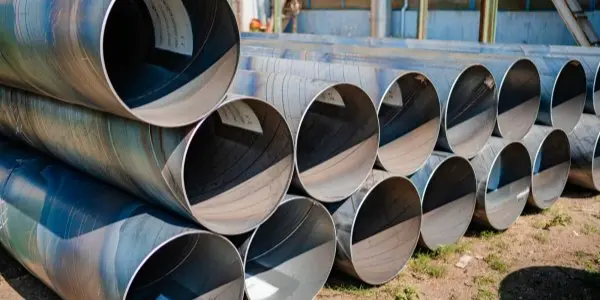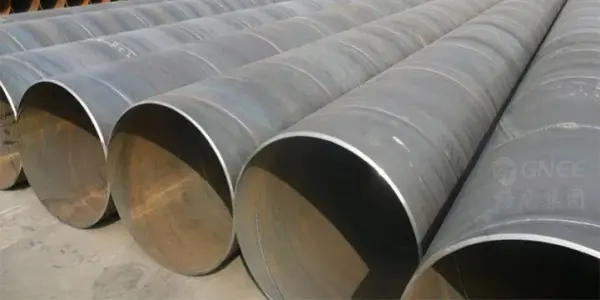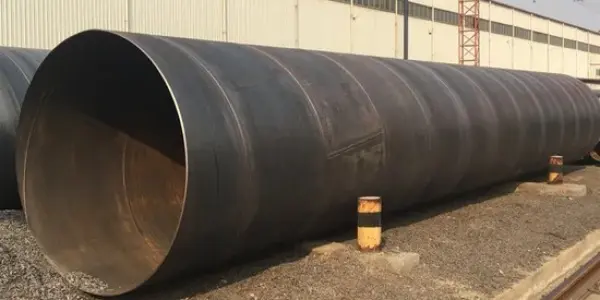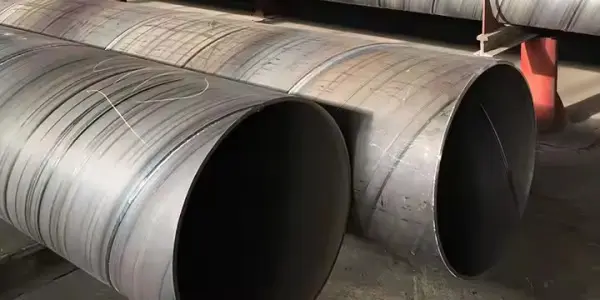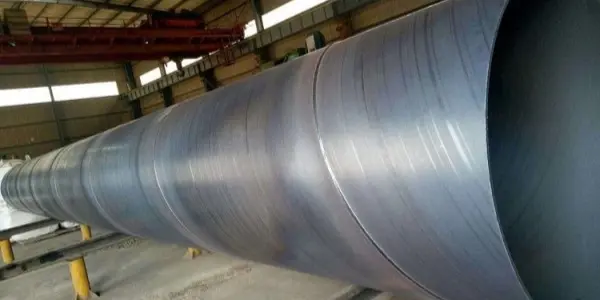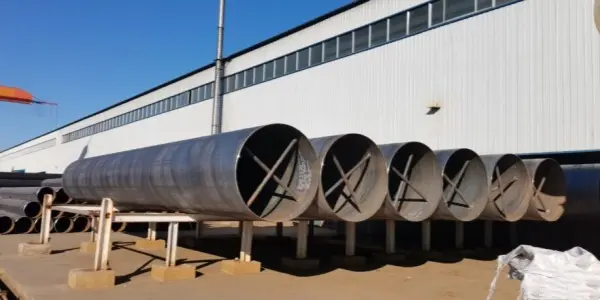-
Overview of ASTM A252 SSAW steel pipe
ASTM A252 is a widely recognized standard issued by the American Society for Testing and Materials (ASTM), covering welded and seamless steel pipes used in structural applications such as piling, foundation supports, and infrastructure development. This specification ensures that the steel pipes meet stringent requirements for mechanical strength, weldability, and long-term durability. Spiral Submerged Arc Welded (SSAW) pipes manufactured under ASTM A252 are especially suited for bearing and casing applications, including bridge foundations, marine piling, and underground structures. The helical weld seam enhances their pressure resistance and load-bearing capacity, offering a cost-effective alternative to seamless pipes without compromising structural integrity. Here is an overview of ASTM A252 SSAW steel pipe.
Read More
-
Guide of EN 10217 SSAW steel pipe
The EN 10217 standard governs welded steel pipes intended for pressure applications, including boilers, pipelines, and industrial fluid transport systems. Issued by the European Committee for Standardization (CEN), this standard ensures that the pipes meet the required mechanical strength, weldability, and corrosion resistance needed for such critical applications. This guide provides an overview of the EN 10217 SSAW steel pipe.
Read More
-
Key details of EN 10219 SSAW steel pipe
EN 10219 is a European standard developed by the European Committee for Standardization (CEN) for cold-formed welded structural steel pipes. Widely used in construction, infrastructure, water transmission, and industrial sectors, this standard ensures that pipes meet strict requirements for mechanical strength, corrosion resistance, and structural integrity. This guide outlines the key features of EN 10219 spiral submerged arc welded (SSAW) steel pipes.
Read More
-
What is ISO 3183 SSAW steel pipe
ISO 3183 SSAW Steel Pipe is a widely adopted international standard developed by the International Organization for Standardization (ISO). It defines technical requirements for steel pipes used in the oil, gas, and petrochemical sectors, ensuring pipelines meet rigorous standards for mechanical strength, corrosion resistance, and pressure containment. This article will briefly introduce what is ISO 3183 SSAW steel pipe.
Read More
-
Complete guide of IS 3589 SSAW steel pipe
IS 3589 SSAW steel pipe is a widely adopted specification in India, specifically developed for applications such as water transmission, industrial pipeline systems, and structural engineering. Regulated by the Bureau of Indian Standards (BIS), this standard ensures that SSAW (Spiral Submerged Arc Welded) steel pipes conform to stringent mechanical, chemical, and performance criteria. This guide provides a comprehensive overview of IS 3589 SSAW steel pipes, highlighting their features, manufacturing process, and key applications.
Read More
-
Top JIS 3457 SSAW steel pipe manufacturers
Selecting a reliable manufacturer is essential to ensure product quality, durability, and full compliance with JIS 3457 standards. This article will briefly introduce top JIS 3457 SSAW steel pipe manufacturers.
Read More
-
Overview of JIS 3457 SSAW steel pipe
JIS G 3457 SSAW (Spiral Submerged Arc Welded) steel pipes are manufactured in accordance with the Japanese Industrial Standards (JIS). These pipes are widely utilized in water transmission projects, structural frameworks, and industrial pipeline systems. Thanks to their high strength, excellent corrosion resistance, and cost-efficiency, they are especially suitable for long-distance water supply lines, bridge structures, and other large-scale infrastructure applications. This guide provides a comprehensive overview of JIS G 3457 spiral welded steel pipes.
Read More
-
Overview of AS 1579 SSAW steel pipe
AS 1579 SSAW Steel Pipe is a commonly used steel pipe standard in Australia and New Zealand, specifically developed for applications such as water transmission, wastewater treatment, and various industrial uses. Regulated by the Australian Standard AS 1579, this specification emphasizes high strength, corrosion resistance, and long-term durability, making it a preferred choice for municipal water supply systems, irrigation networks, and major infrastructure projects. In this guide, we’ll explore everything you need to know about AS 1579 Spiral Welded Pipes—from key manufacturers and technical specifications to price trends, protective coatings, typical applications, and welding techniques.
Read More
-
Details about GOST 20295 SSAW steel pipes
GOST 20295 SSAW steel pipes are essential components in industries such as oil and gas, water transportation, construction, and infrastructure development. Governed by Russia’s GOST (State Standard) system, this specification ensures that the pipes meet rigorous standards for mechanical properties, chemical composition, and overall performance. In this guide, we’ll take a closer look at GOST 20295 Spiral Welded Pipe and its applications.
Read More
-
Overview of X46 SSAW steel pipe
X46 spiral welded pipe is a high-strength, low-alloy steel pipe produced in accordance with API 5L X46 specifications. Known for its excellent mechanical properties and reliability, it is commonly used in oil and gas transmission, structural foundations, and water conveyance systems. The spiral submerged arc welding (SSAW) technique enhances its strength, flexibility, and cost-efficiency, making it suitable for high-pressure and long-distance pipeline projects. Here's an overview of X46 SSAW steel pipe.
Read More

 English
English Español
Español




 Tel : +86-18565811709
Tel : +86-18565811709 Email :
Email : 